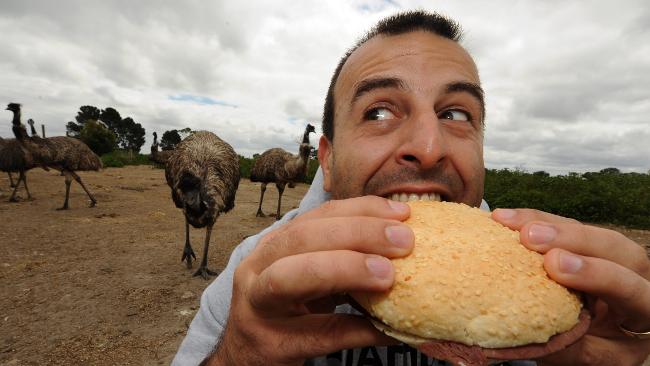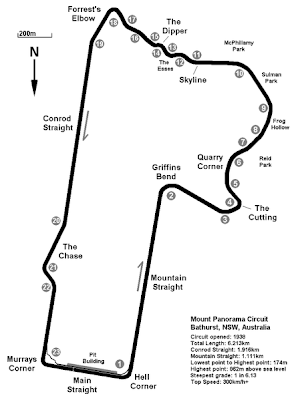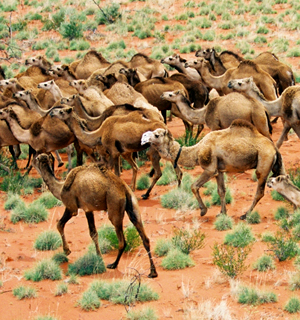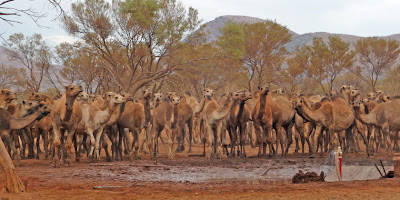Wild dogs are widely distributed throughout Australia.
Dead sheep, mauled wildlife, chilling howls in the day and night. That is the reality of living in wild dog country.
Imagine working your entire life to breed world class sheep only to see them torn apart by savage wild feral dogs that kill for fun, not food. That is the world of many farmers living and working in what they thought was a natural paradise in Australia.
They see wild dogs' destruction daily, and its impact on both farmers and native wild life that is eaten by feral dogs the dog trappers say are increasingly cross-bred & larger by the year. Many farmers are emotionally and financially crippled, want to sell up, or have little livestock left to make a living from.
Many feel like prisoners on their farms as they shepherd sheep the ancient way, in order to keep livestock alive.
At the same time, in unoccupied lands and areas of extensive cattle grazing, wild dogs are often tolerated, resulting in the local native animals being wiped out.
Dingoes were introduced to Australia around 4,000 years ago, gradually replacing the Thylacine as Australia's largest land predator. Domestic dogs-run-wild are dogs that have escaped, been abandoned or deliberately released over the last 200 years and have survived or bred in the wild.
On average adult wild dogs weigh between 15 and 25 kilograms. There is great variation in coat colour from sandy yellow to black, white and brindle.
They make homes in hollow logs, caves or wombat burrows. Wild dogs can hunt successfully alone or in packs depending on the type of prey. An average territory would be about 100 square kilometres depending on the available resources.
What makes things worse, is when wild dogs are removed from an area, others will gradually replace them.
Originally the graziers were responsible for maintaining the fence, but with drought and changes in the wool market it didn’t take long for the fence to fall into disrepair.
In 1982, a $3.6 million state government program commenced to rebuild almost half of the original barrier fence (2500 km of the original 5600 km). The program also realigned a large section of the fence to exclude previously protected areas in central-western and north-western Queensland. This meant the barrier fence would only provide protection from wild dogs in central-southern Queensland. The current Wild Dog Barrier Fence is the result of that program.
Today, the Wild Dog Barrier Fence is administered by the Department of Natural Resources and Mines. It is about 2500 km long and protects 26.5 million hectares of sheep and cattle grazing country.
Never approach a wild dog or call one to come to you and never tempt them with food. If you observe a wild dog, remain in a group and watch quietly from a distance. Do not touch scats as they may carry disease.
DOWLOAD FACT SHEET





















































